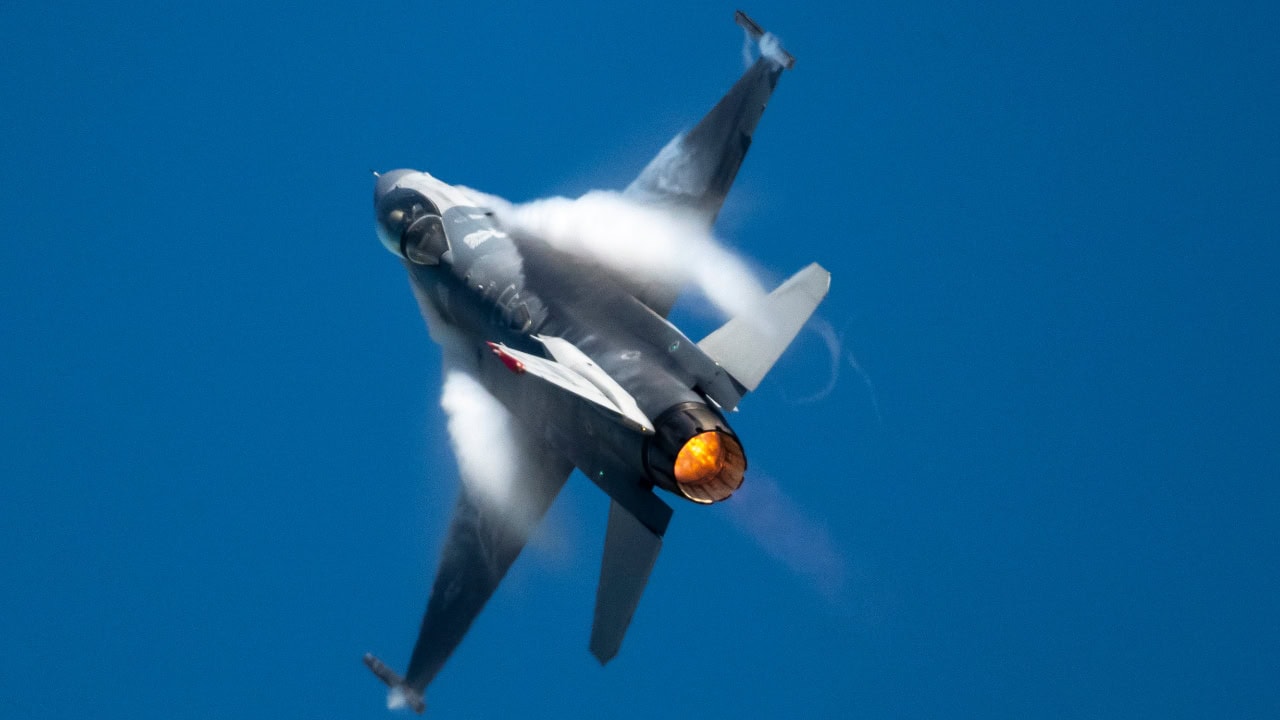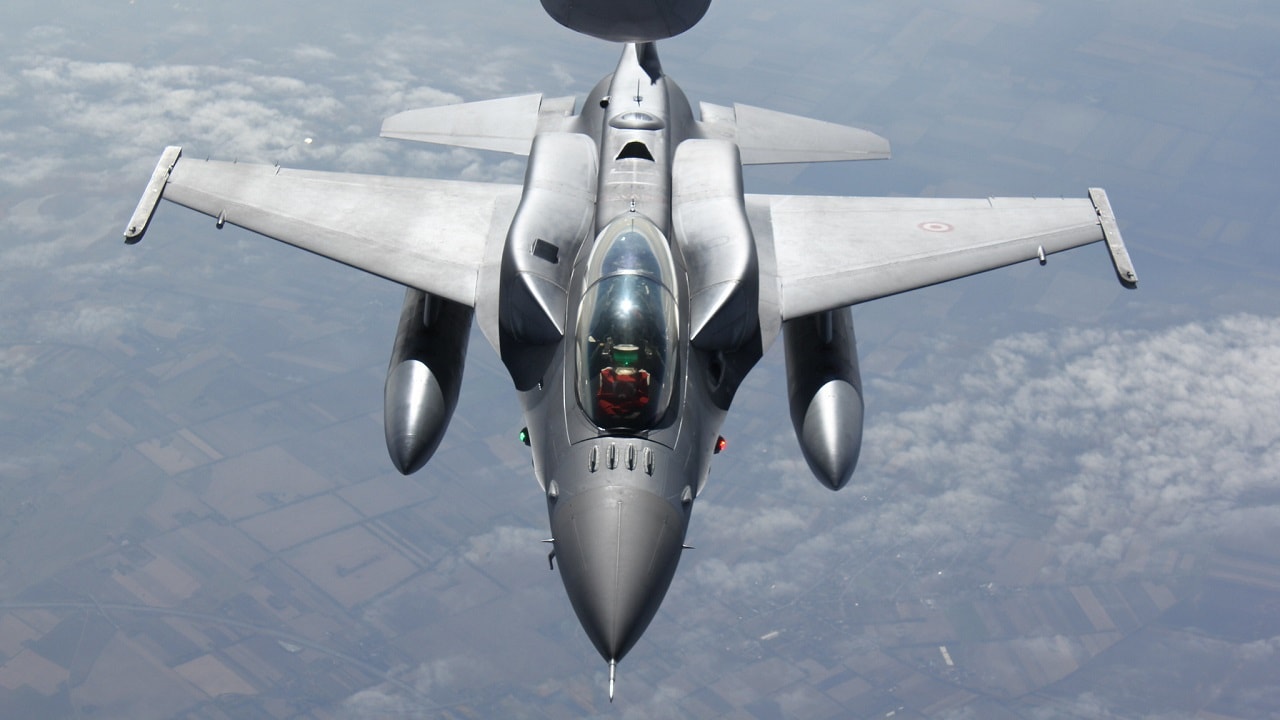According to multiple sources that spoke to 19FortyFive—including a former U.S. government official with knowledge of the negotiations and multiple U.S. defense industry representatives—Vietnam has reached an agreement with the U.S. to acquire the F-16 fighter aircraft. The claims follow a long period of talks and negotiations between the two governments, and it looks like the Southeast Asian nation might be the newest customer for the single-engine fighter.
F-16 Fighter Deal for Vietnam: What We Know So Far

U.S. Air Force Capt. Ethan “Bantam” Smith, Pacific Air Forces F-16 Demonstration Team pilot, conducts a falcon turn during Misawa Air Fest at Misawa Air Base, Japan, Sept. 8, 2024. The demonstration team’s primary mission is to inspire goodwill and promote positive relations between the U.S. and partner nations across the Indo-Pacific region by showcasing displays of F-16 combat prowess and dedication to U.S. Air Force core values. (U.S. Air Force photo by Tech. Sgt. Peter Reft)
No numbers have been mentioned yet, but the acquisition is expected to be of no less than 24 aircraft. When the F-16s are combined with other platforms that Vietnam would like to source from the U.S., it could all add up to the largest defense arrangement ever reached between the two nations.
Reports last July revealed that the two nations were discussing the sale of C-130 Hercules military transport planes to Hanoi. That was considered to be a good first step toward enhanced security cooperation between two nations that fought a war against one another more than fifty years ago.
Shifting Supply Base
An agreement on the C-130 and the F-16 had been expected last year, but supplying U.S. military hardware to Vietnam has been a tricky issue to unspool.
Hanoi said at the end of 2022 that it intended to shift procurement of weapon systems away from traditional suppliers, but no decisions along these lines were made.
Talks about selling F-16s to Vietnam had occurred off and on since 2016, when the U.S. lifted an embargo on the sale of military items to Hanoi. But any discussions on the platform were both quieter and less developed than negotiations on the C-130.
Whenever a Vietnamese official discusses procurement policy, the standard line is “that subject is very sensitive.” The line is uttered even more frequently if the possibility of the Vietnam People’s Air Force acquiring advanced fighter aircraft is mentioned.
That is because new advanced tactical fighters would be more likely to affect Hanoi’s relations with other nations in the region, especially China.
The C-130 is regarded as less sensitive, as it is a cargo aircraft, is usually unarmed, and several other nations in the region already operate it.
Parting With the Russians
Representatives of Ukrainian firms that have spoken in the past with VPAF counterparts have told 19FortyFive that Vietnam’s air force has experienced progressively greater problems operating its Sukhoi Su-27SK/UB and Su-30MK2V aircraft. This is one of several issues prompting the procurement of a U.S. fighter.
The top issue with the above-listed Russian-made aircraft is that they have reached the end of their warranty periods. When the VPAF approached the Russians about helping to service the aircraft, Rosoboronexport and Sukhoi representatives spoke to say they are unwilling to continue supporting the platforms without large advance payments.
Vietnam is unwilling to pay, the Ukrainians say, because they are not confident they will get all the services they pay for. Hanoi is also wary of making any payments to the Russians, due to concerns over U.S. and EU sanctions regimes.
According to the Ukrainians, the VPAF have already had to park four of their Su-30 models in 2024—the aircraft are out of warranty and are not certified as fit for purpose. They cannot be made mission-capable until a way can be found to service them, and a method put in place to source spare parts. Another 10 aircraft will fall into this status by the end of 2025.
Approvals an Issue on F-16
Vietnamese officials emphasized that U.S. congressional approval may prove more complicated for the F-16 than it is for the C-130. Based on the difficulties Ukraine has experienced with its F-16s, Hanoi is also worried that advanced missiles for the F-16, such as the AIM-120 AMRAAM air-to-air missile, might not be cleared for sale to Vietnam.
Another complicating factor is that there are almost no inexpensive, older F-16 models available anymore. Vietnam would likely have to choose one of the new F-16V models, which would be more expensive and also vulnerable to releasability issues, due to that aircraft’s AN/APG-83 AESA radar.

NATO F-16 Fighter. Image Credit: Creative Commons.
The United States may take measures to help Hanoi finance an F-16 procurement, according to U.S. industry representatives knowledgeable of the discussions.
About the Author: Reuben F. Johnson
Reuben F. Johnson is a survivor of the February 2022 Russian invasion of Ukraine and is an Expert on Foreign Military Affairs with the Fundacja im. Kazimierza Pułaskiego in Warsaw. He has been a consultant to the Pentagon, several NATO governments and the Australian government in the fields of defense technology and weapon systems design. Over the past 30 years he has resided in and reported from Russia, Ukraine, Poland, Brazil, the People’s Republic of China and Australia.

